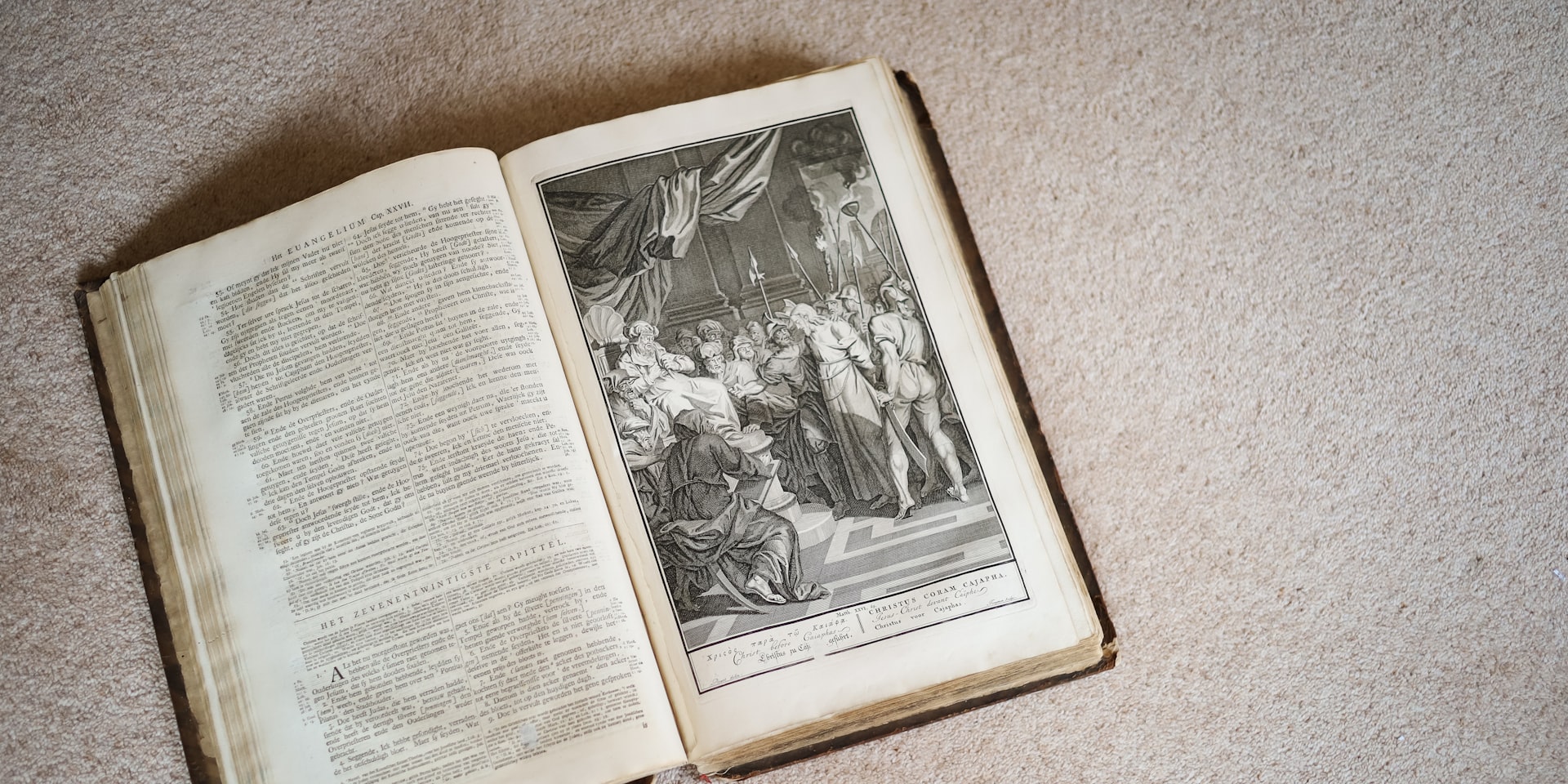
Early Tools For Thought, with Mark Bernstein
Mark Bernstein of Eastgate Systems, Inc., is the designer of Tinderbox: https://www.eastgate.com/Tinderbox/
Join Mark as he turns back the clock to examine some early Tools For Thought, and the people who created them. There’s quite a lot to learn from both, as well as a research literature that repays study.
The infinite canvas as a thinking space now has a long history, but few of the early systems are well known. I think some of them might be worth a brief look, in terms of the ideas they brought forward and in terms of the tasks they sought to address. For example:
Sketchpad: Ivan Sutherland’s system from the 1960 kicked off interactive computer graphics AND object-oriented programming.
NLS/Augment: Doug Engelbart’s original outliner, the first system that explicitly sought to be a tool for thought.
Xanadu: Ted Nelson’s early proposal for a hypertext docuverse.
Storyspace: the first system intended for non-sequential narrative. Introduced in 1987 and still in use today.
Intermedia: a platform for digital pedagogy, developed at Brown and BBN.
KMS: a hypertext system for technical documentation, the source of Akscyn’s Law
Microcosm: A hypertext system based chiefly on contextual links, the ancestor of all sculptural hypertext.
Aquanet: the 1990 system from Halasz, Trigg, and Marshall at Xerox PARC, described as a tool to hold your knowledge in place.
VIKI: the first spatial hypertext system, designed by Cathy Marshall as a reaction to Aquanet and the start of an enormously influential line of research
More about Mark Bernstein:
Mark has been doing research in the area since the first ACM Hypertext Workshop. He has been program chair of the ACM Conference on Hypertext and Social Media twice and has something like 60 ACM publications https://dl.acm.org/profile/81100134465.
Mark has been the maintainer of Storyspace since the 1990s and the designer of Tinderbox — introduced in 2002 and still going strong. He won the best paper award at this year’s Hypertext conference for a paper on Hypertext and Horror, and also won the Blue Sky award for speculative research for a paper on The Web At War, which explored the implications of the war in Ukraine for the Web and for social media.